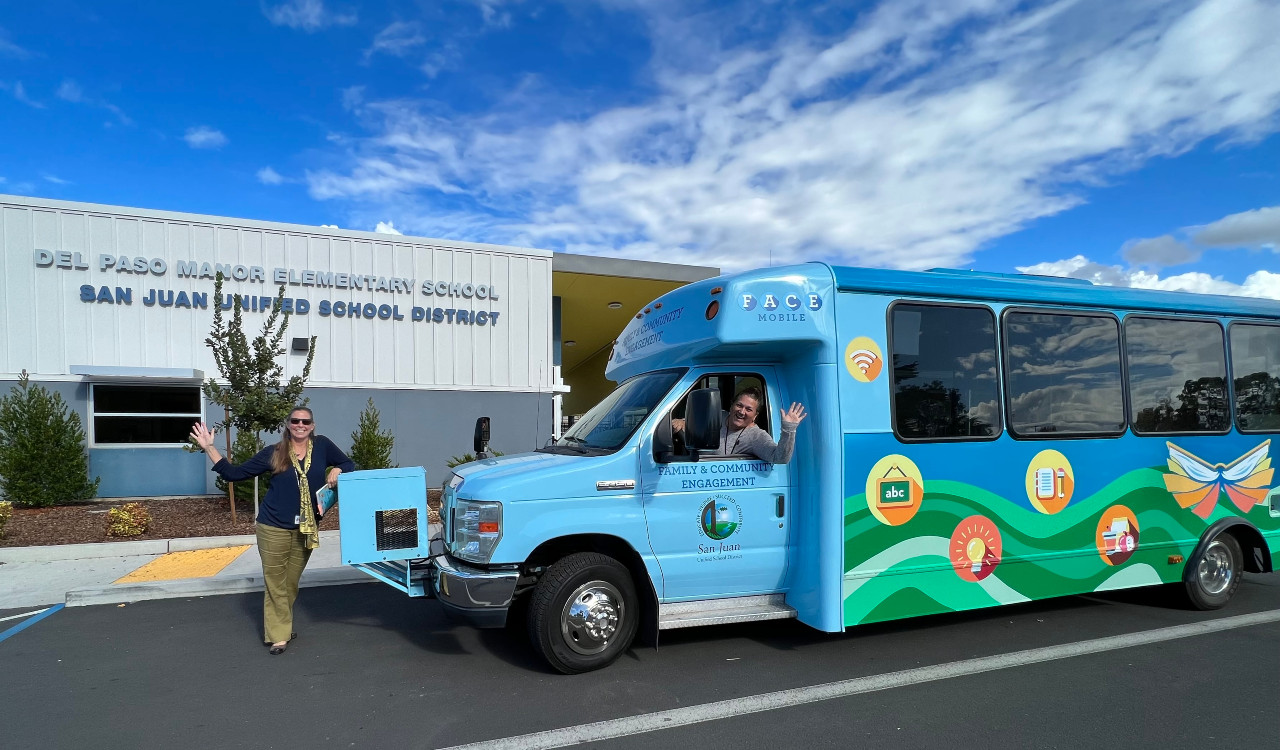The CDE was awarded $37.5 million in Comprehensive Literacy State Development (CLSD) grant funds to leverage and expand existing statewide infrastructure, guidance and expertise to bring coherence to the system of literacy supports to improve student outcomes over a period of five years. A major objective of the CLSD grant is to develop and implement a comprehensive State Literacy Plan (SLP) that aligns and integrates state literacy initiatives, content standards and state guidance documents to support teachers. Data from the Comprehensive Statewide Literacy Needs Assessment (DOCX) helped to inform the SLP. In December 2019, the CDE invited all California local educational agencies to participate in this survey, which is now closed. The SLP was presented to the Instructional Quality Commission at its September meeting, in which it approved the draft SLP for a public comment and review period from Sept.17–Oct. 28, 2020.
Commissioner Barbara Murchison outlined the key components of the plan, as well as presenting recommended revisions based upon the almost 350 public comments. “The purpose of the State Literacy Plan is to align and integrate initiatives, content standards, and all of the many state guidance documents available so we can help teachers to support kids from birth through grade 12 to improve literacy outcomes,” said Murchison. “This plan brings together all of the work that California has already done — there is a lot of really wonderful guidance in our state around how to improve literacy, but I think people aren’t aware of all of the various resources that are available, and they also struggle to see how it all fits together. It’s important to be grounded in the purpose of the plan.”
Murchison’s comments preceded the recommended revision by the English Language Arts/English Language Development Subject Matter Committee to the SLP based on public comment. Recommendations include incorporating the California Model School Library Standards and guidance regarding school libraries and Teacher Librarians from the ELA/ELD Framework throughout the plan; incorporating additional existing guidance regarding biliteracy and primary language development; removing the designation of the Dyslexia Guidelines and the Practitioner’s Guide for Education English Learners with Disabilities as “additional” resources and moving them to “key” resources to communicate their importance with the other Tier 1 resources; adding a glossary; including Common Core in Español and Spanish Language Development Standards and emphasizing further the collaboration needed between early education and K-12.
Murchison noted that many public comments asked for stronger guidance around literacy, universal screening and teaching foundational skills, but again referred to the purpose of the document, which is to align already-existing guidance.
Final public comment on the document will be heard at the Jan. 13-14 State Board of Education meeting.





